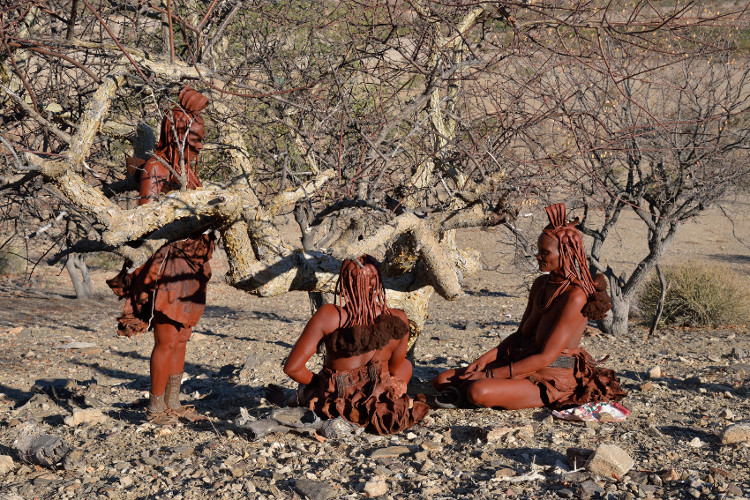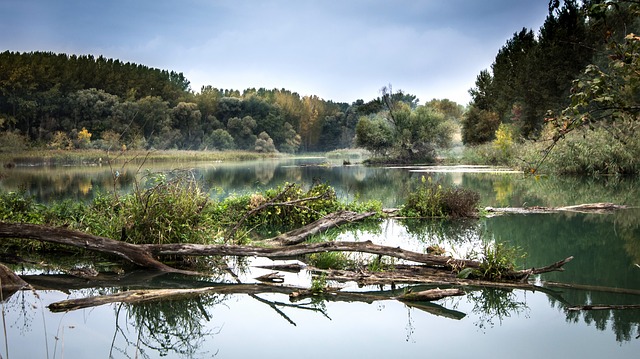Palm oil is the most widely used vegetable oil in the world and found in half the packaged products on supermarket shelves. Chocolate, dog food, pizza and lipstick are just a few of the products containing palm oil.
There has been a dramatic increase in global demand in recent years. This has lead to a rapid expansion in commercial cultivation which has required land clearance on a dizzying scale. Indonesia is the world’s largest producer with more than 9 million hectares dedicated to growing palm oil. The palm oil industry in Indonesia has provided 16 million jobs, giving many people a reliable income and a way out of poverty.
The Roundtable on Sustainable Palm Oil (RSPO) is committed to transforming the industry, making sustainable palm oil the norm. Working with industrial scale producers and smallholders, RSPO provides support and training to help producers achieve RSPO certification. Currently 19% of global production is certified by the RSPO.
The RSPO also campaigns, encouraging consumers to use our purchasing power to support more sustainable palm oil #GoodBadPalmOil.

This symbol can be found on products that contain palm oil certified by the RSPO.
Nearly 45 million people live in the forests of Indonesia and many depend directly on these environments for their livelihoods. Indonesia’s unique rainforests are ranked amongst the most important on the planet. A quarter have been lost since 1990, with commercial-scale agriculture such as palm oil production, the leading cause of deforestation and biodiversity loss.
A number of organisations are working with smallholders in Indonesia, helping them to increase yields and achieve a fairer price for the crops they grow. Farmers are encouraged to diversify, growing mixed crops such as rubber, cocoa and coffee and reducing their reliance on a single crop such as palm oil. The benefits also include more productive use of available farmland, reducing the need for further forest clearance.
Global demand for palm oil is increasing. The future of palm oil production and of the rainforests is in our hands…


